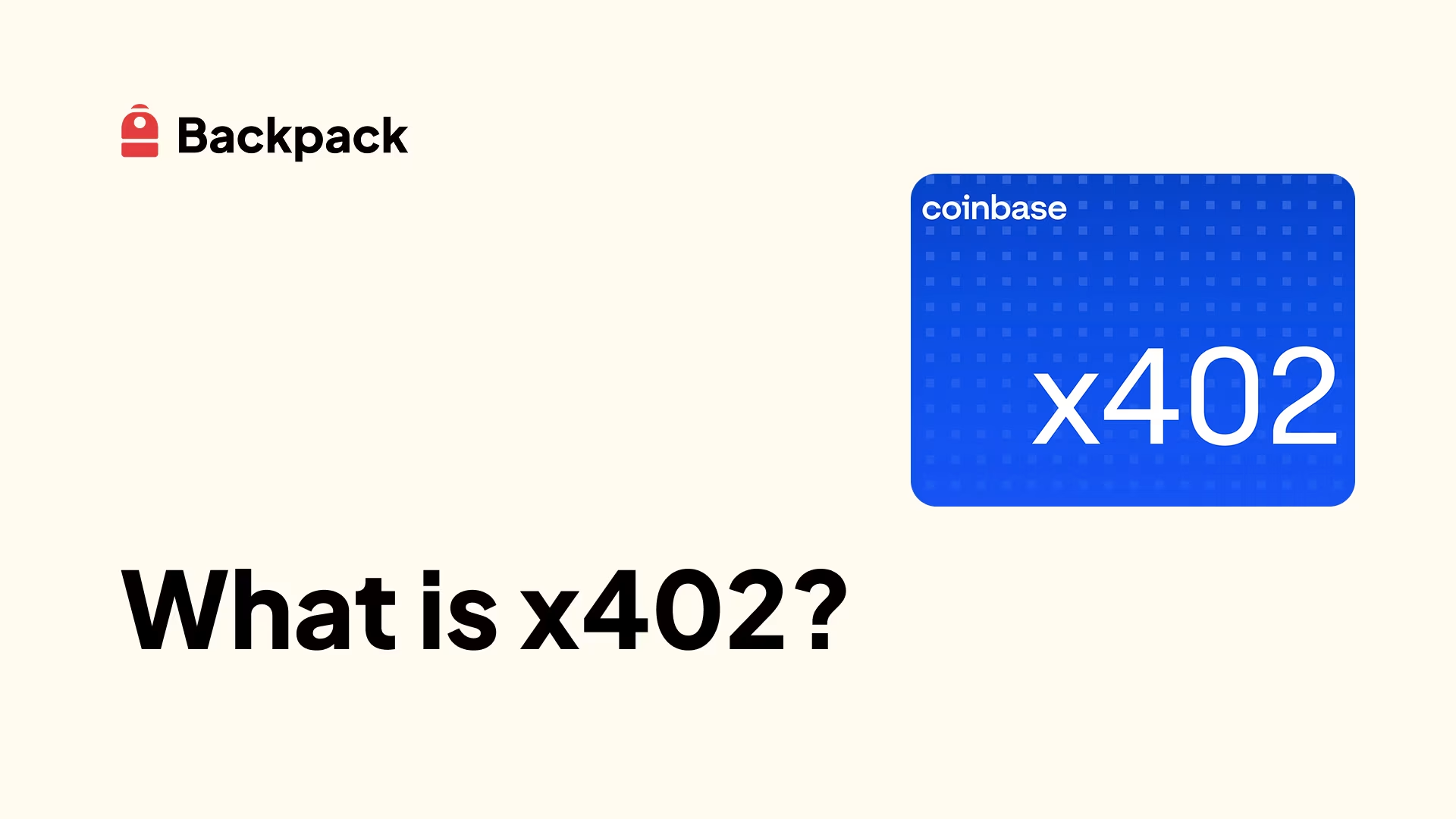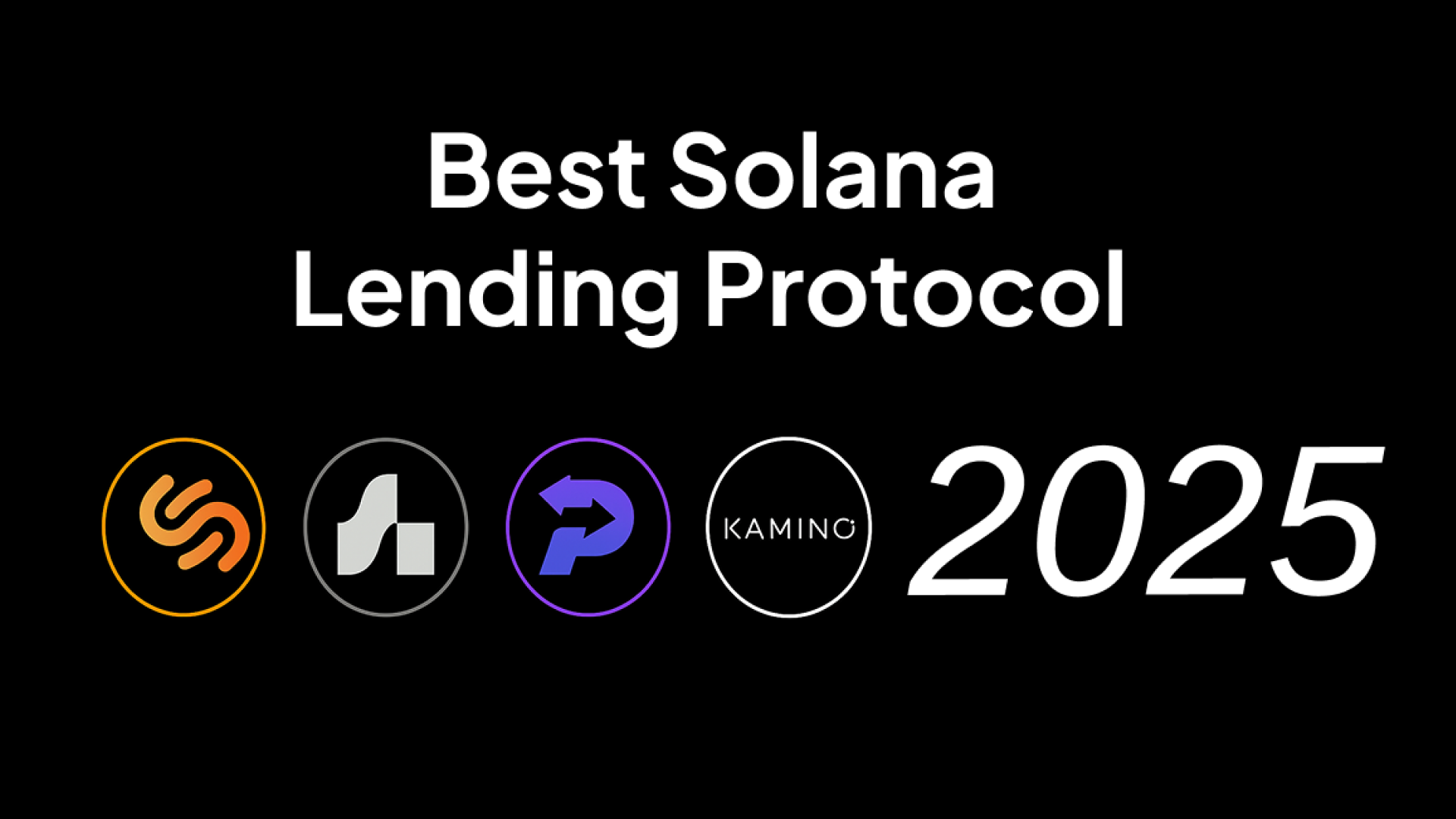x402 Protocol by Coinbase: Web-Native Stablecoin Payments, Micropayments & AI Token Ecosystem
The x402 protocol is an open-payment standard that revives the HTTP status code 402 “Payment Required” to power micropayments, stable-coin transfers and autonomous machine payments over the web. It was launched by Coinbase in May 2025, aimed at letting developers, API providers, AI agents and content creators monetise without legacy billing rails.
While the protocol itself is the technical layer, the “coin” or token discussion around x402 refers to the ecosystem of tokens being built on and for it — terms like x402 coin, x402 token, and x402-ecosystem coins have gained traction.
Why x402 Matters
- It makes micropayments feasible. Services can charge minimal amounts (say USDC cents) for API access, content or compute. The protocol supports stable-coins and aims for near-instant settlement.
- It enables machine-to-machine and AI-agent payments. Autonomous agents, bots or IoT devices can send requests, get a 402, pay via crypto, then receive the resource, all automated.
- It lowers friction for developers and content creators: one line of middleware, HTTP headers instead of bulky API-key systems.
- The token/coin dimension opens new speculation & ecosystem dynamics: crypto traders are watching “x402 coin”, “x402 token launch”, “x402 ecosystem coins” as keywords.
How x402 Works – Step by Step
Here’s the flow you can describe for readers:
- Client (could be human, could be an agent) makes an HTTP request to a resource server (API, content endpoint).
- Server responds with status 402 Payment Required, including payment instructions: amount, token, recipient address, maybe network.
- Client constructs a payment (signed transaction) with specified token/chain (often a stablecoin like USDC) and resends requests including header X-PAYMENT.
- Server (or facilitator service) verifies the payment on-chain (or via a payment layer) then responds with HTTP 200 OK and optionally X-PAYMENT-RESPONSE header.
- Resource delivered. Settlement is fast, chain-agnostic, minimal friction.
Real-World Use-Cases & Coin Ecosystem
- A content publisher uses x402: every article costs a few cents in USDC, embedded via HTTP headers, no subscription required.
- An API provider charges per call: developers pay instantly, the API executes.
- An AI agent demands data or computes, pays via x402, and receives service. Autonomous economy in action.
- On the token side: the “x402 coin” ecosystem is emerging. For example, the token PING is described as the first token built on x402 protocol. Also platforms show “Top x402 Ecosystem Coins” listed by market cap.
- Growth stats: the protocol recorded nearly 500,000 payments in one week, a 10,000 % surge.
A token ecosystem has emerged around the protocol. PING, described as the first memecoin on x402, helped spark interest. Exchanges and data platforms like CoinGecko have created dedicated categories for x402‑related tokens. At the time of research, the x402 ecosystem market cap was about $826 million and had risen 376 % in the previous day.
Reports note that the protocol recorded nearly 500 000 transactions in a week—a jump of over 10 000 % from the prior month—and that the value of tokens built on x402 grew to roughly $180 million in a single day
Growth and Community Discussions
Interest in x402 is driving vibrant debate on social media. Two recent posts illustrate this:
- aryan (_0xaryan) shared an article on Oct 26. Replies debated whether turning the web into a pay‑per‑view environment would undermine access for people with low incomes. Some argued that an ad‑supported model keeps information free, while others pointed out that micropayments may have been technically possible only recently.
- Jarrod Watts, on Oct 25, linked to his analysis of AI‑meme coins and the x402 trend. Commenters thanked him for explaining the technology in simple terms and noted that x402 could support payments in any token, not just stable‑coins. They also highlighted that CoinGecko has created a category to track x402 tokens.
These discussions show that the community is both enthusiastic and cautious—celebrating the possibilities while questioning the implications for the open web and the role of advertising.
Benefits & Challenges
Benefits:
- Enables new monetisation models: pay-per-use, micropayments, no subscription.
- Works for both humans and machines.
- Chain-agnostic standard removes lock-in.
- Token/coin ecosystem adds speculative/investor interest.
Challenges:
- Token hype: many “x402 coins” may emerge — not all will succeed. The protocol is still early.
- Infrastructure & adoption: While major players (Coinbase, Cloudflare, Google) are involved, widespread usage will take time.
- Regulation & compliance: Payments, stablecoins, autonomous agents raise regulatory questions.
- User/agent trust: For machine payments to dominate, humans and services must trust autonomous payments.
Closing Thoughts
x402 repurposes an unused part of the web’s foundation to enable instant micropayments on‑chain. By letting servers request payments and clients (human or machine) respond with stable‑coins, it offers a path toward a flexible, pay‑per‑use internet. The protocol’s growing transaction volume and the rapid development of a token ecosystem signal momentum, yet the debate around open access, regulation and the role of advertising suggests that the transition to an x402‑powered web will involve careful consideration.
Related Terms: AI Agents, A2A, ERC-8004, AP2, Magic Accounts
AI Agents: AI agents are autonomous programs that can make decisions, perform tasks, and transact on behalf of users or organizations. When connected to payment layers like x402, these agents can buy data, pay APIs, or even negotiate digital services without human input. This is the foundation of the “autonomous economy” many developers are building toward.
A2A (Agent-to-Agent): A2A stands for agent-to-agent transactions, referring to direct interactions between autonomous agents. With standards such as ERC-8004 and x402, A2A payments become verifiable and trustless—an AI agent can pay another for compute, information, or API access through smart contracts, no intermediaries required.
ERC-8004: ERC-8004, also called “Trustless Agents,” is an Ethereum standard proposed in 2025 to define how AI agents identify themselves, sign actions, and verify transactions. It gives AI entities an on-chain identity and rules for secure coordination, similar to how ERC-20 defined tokens and ERC-721 defined NFTs.
AP2 (Agentic Protocol 2): AP2 expands on the agentic computing stack by connecting ERC-8004 and x402-like standards to real applications. It focuses on interoperability between AI agents, data services, and smart-contract logic, aiming for fully automated trade and service execution across chains.
Magic Accounts: Magic Accounts are user or agent wallets that abstract away private keys and signatures. They use account abstraction (ERC-4337) or session keys so that AI agents can transact autonomously but safely. Think of them as programmable wallets where permissions, spending limits, and recovery are built-in.
Together, these standards—ERC-8004, x402, and AP2—outline the architecture of a new on-chain economy where humans, machines, and AI agents interact through verifiable payments and logic, forming the groundwork for the next generation of the web.


%20(1).png)

